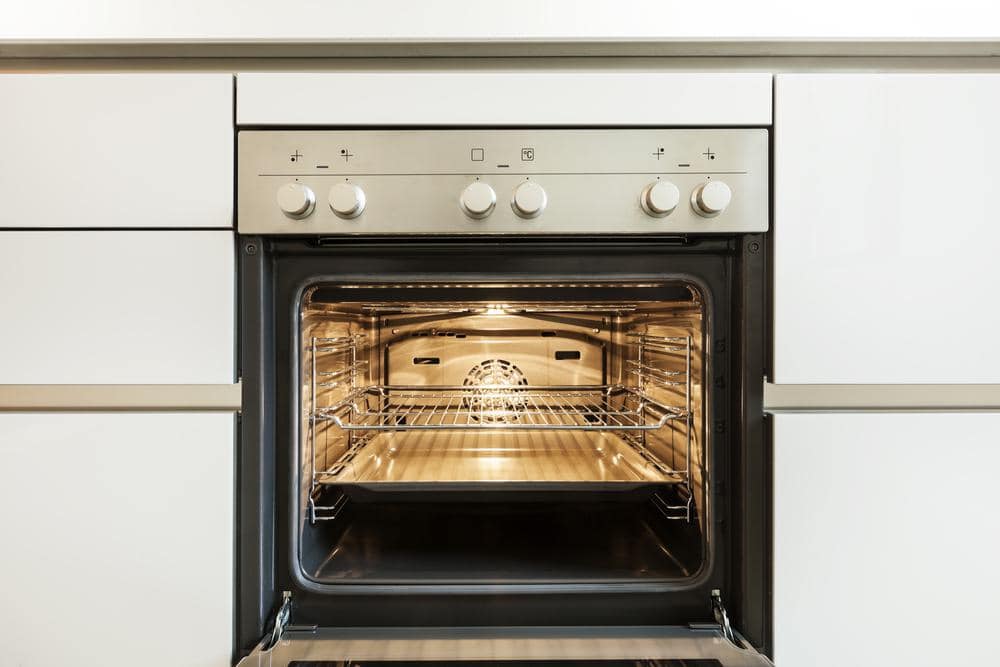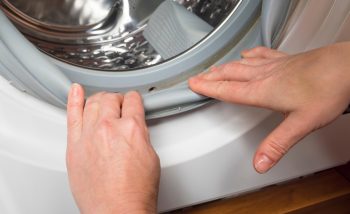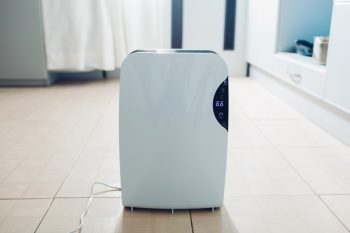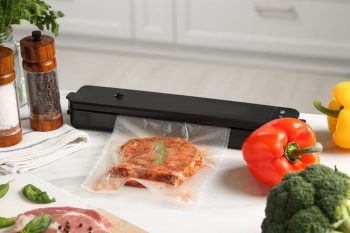
Working with oven-baked clay can be a fun and creative experience, but knowing when the clay is done baking is crucial for the success of your project. In this comprehensive guide, we’ll explore how to determine when your oven-baked clay is fully baked, the consequences of undercooking or overcooking clay, and the best practices to ensure the best results.
Knowing when oven-baked clay is done involves checking for even coloration, flexibility, and clean breakage. After baking at the recommended temperature and time, the clay should have a uniform color and be flexible without sinking in when pressed. It should also break cleanly without a crumbling texture. Using an oven thermometer and appropriate baking surfaces can help ensure accurate baking. Always follow the manufacturer’s instructions for best results.
Understanding the Baking Process
Baking is an essential step in working with oven-baked clay. It solidifies the clay, making it durable and long-lasting. The baking process involves heating the clay in an oven at the manufacturer’s recommended temperature, typically between 230°F and 275°F, for a specific duration. The baking time usually ranges from 15 to 30 minutes per 1/4 inch of clay thickness.
Key Signs Your Oven-Baked Clay is Done
Determining when your clay piece is fully baked can be a bit tricky, but there are a few signs to look out for:
- Even coloration: The color of the clay should be even, with slightly darkened tones. Any uneven spots or brown edges may indicate that the clay needs more baking time.
- Flexibility: After the clay has cooled down, it should be flexible and bendable. Fully baked polymer clay can be marked with a fingernail, but it won’t sink in. If the clay is too brittle or snaps easily, it may be underbaked.
- Clean breakage: Properly baked polymer clay should break cleanly without a crumbling texture.
Remember to always follow the manufacturer’s guidelines for the specific clay brand you are using.
Consequences of Undercooked or Overcooked Clay
Undercooking or overcooking your clay can lead to several issues:
- Weak and brittle structure: Underbaked clay will be weak and prone to breaking and crumbling.
- Discoloration: Overcooked clay can turn brown or dark, affecting the final appearance of your project.
- Release of toxic fumes: When clay is overcooked, it can release hydrochloride gas, which can be harmful if inhaled in large quantities.
Best Practices for Checking Oven-Baked Clay
When baking clay, it is essential to monitor your clay’s temperature and baking time. Here are some best practices:
- Use an oven thermometer: Most oven temperature dials are not very accurate. An oven thermometer can help you maintain the correct temperature throughout the baking process.
- Bake for the appropriate duration: Be sure to bake your clay for the recommended time, considering the thickness of your piece.
- Use proper baking surfaces: Baking clay on a cookie sheet covered with parchment paper, cardstock, ceramic tiles, or glass can help distribute heat evenly and prevent scorching.
In Conclusion
Working with oven-baked clay can be a rewarding experience, but it’s crucial to know when your clay is fully baked. By following these tips and guidelines, you can ensure that your clay is properly baked, leading to durable and beautiful creations. Remember to always follow the manufacturer’s instructions and safety precautions to achieve the best results and ensure a safe baking process. Happy crafting!
Frequently Asked Questions
Can I re-bake clay if it’s undercooked?
Yes, you can re-bake clay if it’s undercooked. Just put it back in the oven for the recommended time, keeping an eye on the color and consistency to ensure it doesn’t overcook.
What type of clay requires baking?
Oven-bake clay, or polymer clay, requires baking. This type of clay doesn’t air dry and needs to be baked in an oven at a specific temperature to harden.
Is it safe to bake clay in a home oven?
Yes, it’s safe to bake clay in your home oven. However, it’s essential to follow the manufacturer’s instructions to prevent overheating and the potential release of toxic fumes.
Can I use a microwave instead of an oven to bake my clay?
No, it’s not recommended to use a microwave for baking clay. Microwaves heat unevenly, which can lead to parts of your clay project being underbaked or overbaked. Always use an oven for baking clay.
How can I prevent my clay from burning in the oven?
To prevent your clay from burning, make sure to bake it at the recommended temperature and time. Using an oven thermometer can help ensure accurate temperature. Additionally, baking clay on a cookie sheet covered with parchment paper, cardstock, ceramic tiles, or glass can help distribute heat evenly and prevent scorching.












